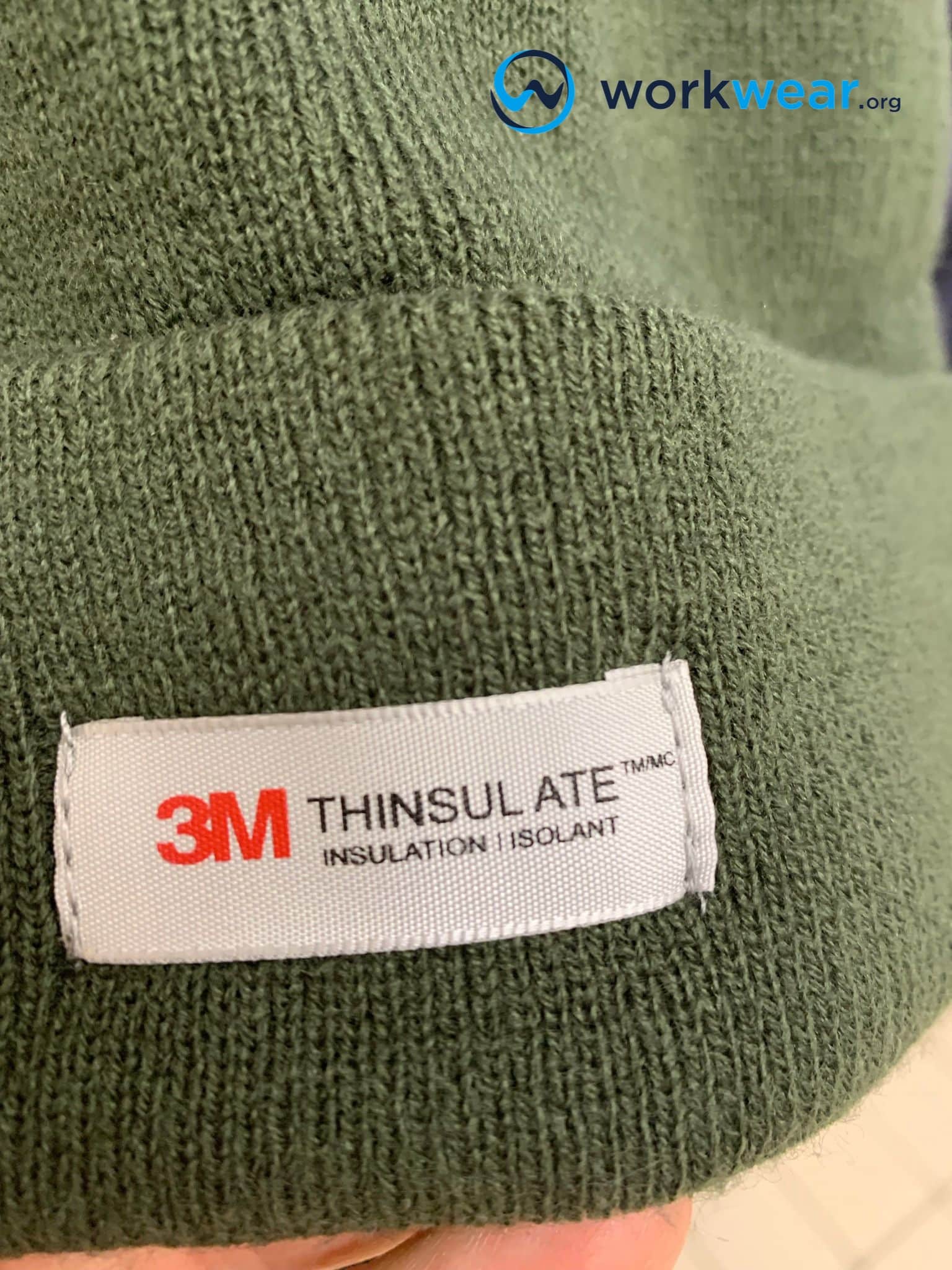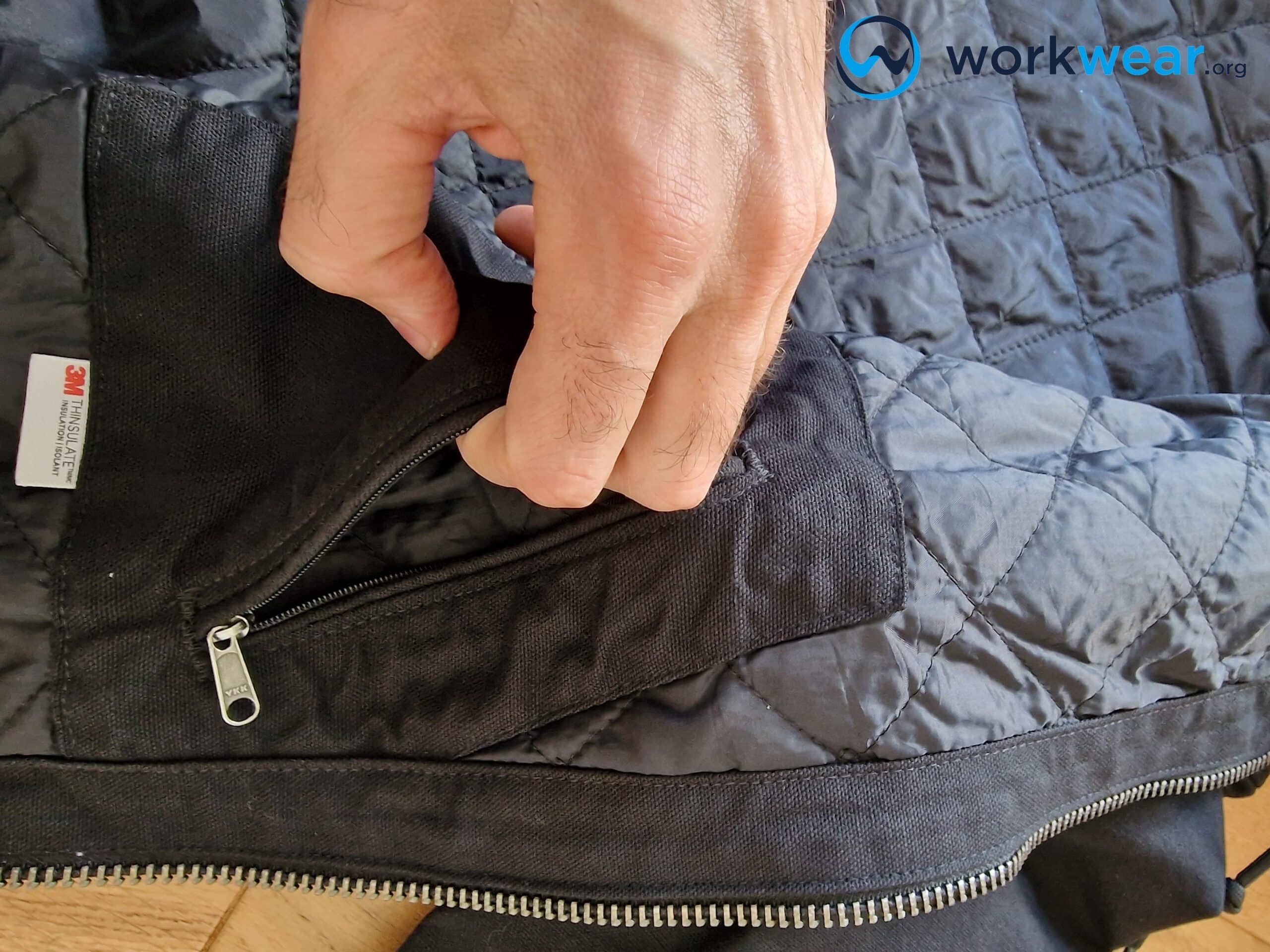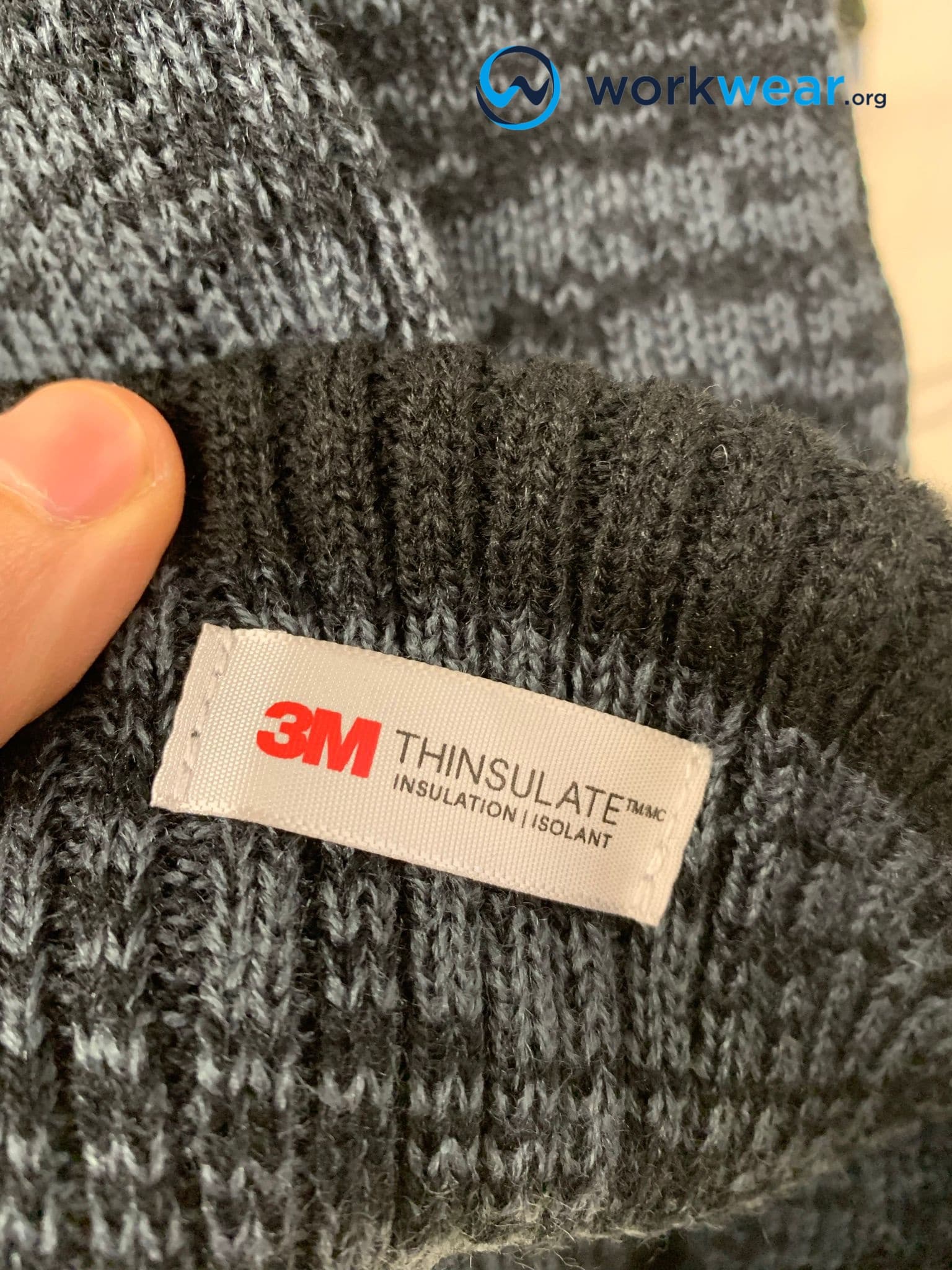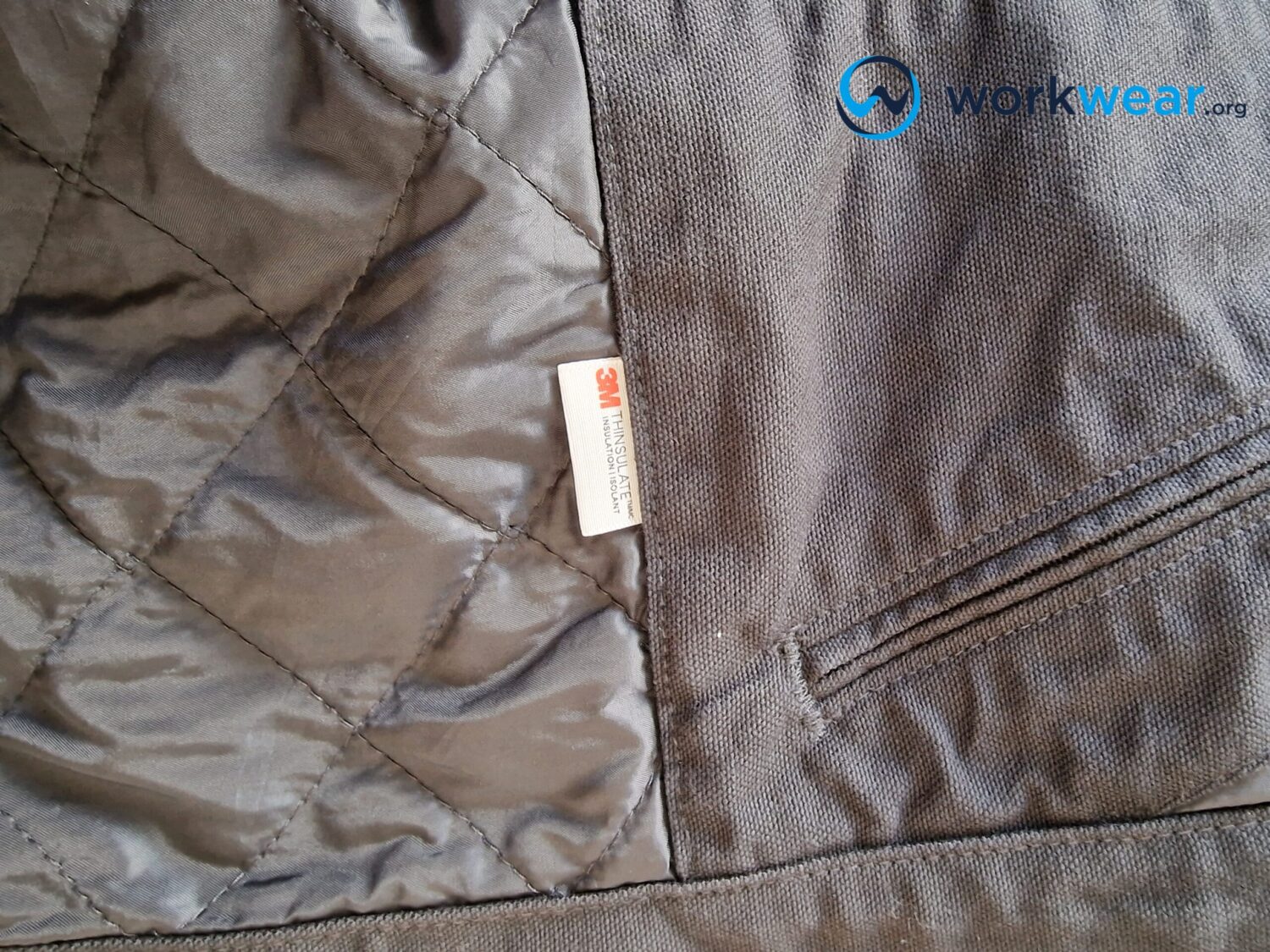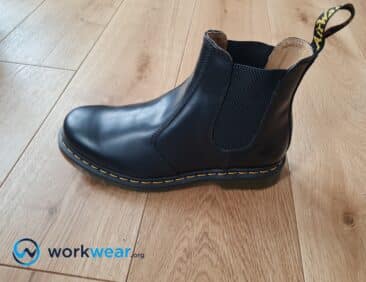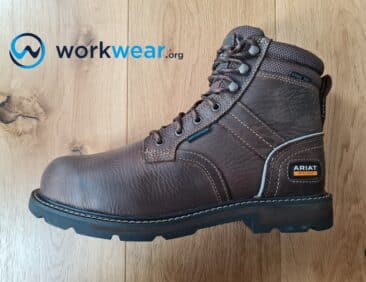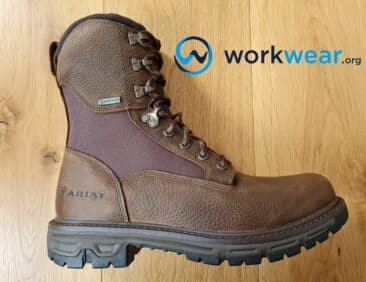3M Thinsulate Explained – Uses, Pros and Cons
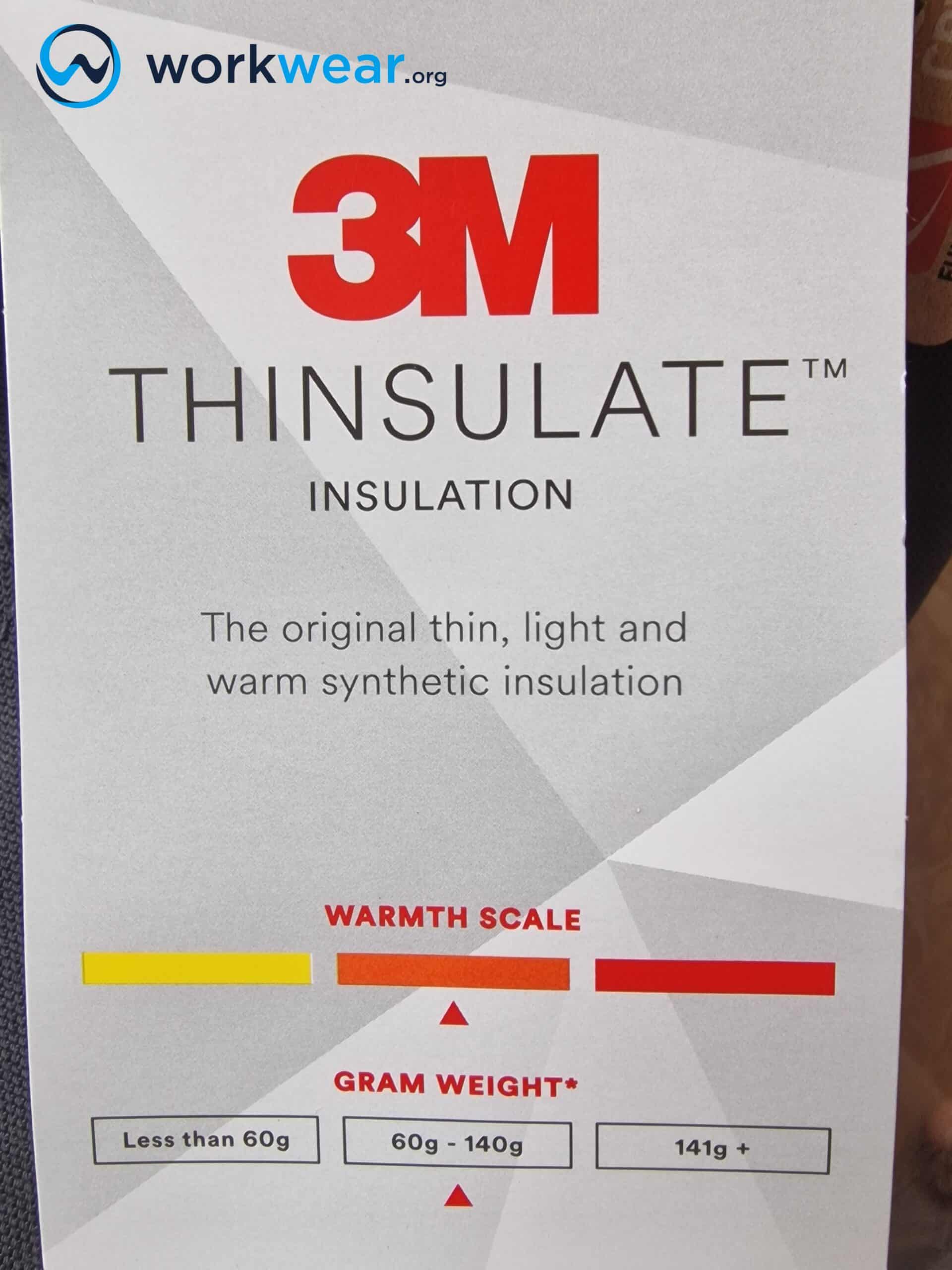
With the winter season approaching closer and temperatures predicted to drop to all-time lows, all the material surrounding us must have proper insulation that will be able to keep us warm successfully. To ensure this, the go-to insulation material, which has been used since 1979, is 3M Thinsulate.
What is 3M Thinsulate?
3M Thinsulate is an insulating fabric formed by a blend of synthetic fibers, including polyester. Its fibers have a diameter of around 15 micrometers, making it much smaller than the other synthetic fibers used for insulation. This causes the structure of Thinsulate to be tightly bound, which reduces the heat flow between individual fibers and allows denser materials to be created as well.
First utilized in clothes for skiing, 3M Thinsulate is now used for various items, including jackets, gloves, boots, and sleeping bags. They are now even widely used in the automotive industry!
How Does It Work?
The microfibers in this insulating fabric confine body heat and evaporate any moisture from its outer membrane, allowing thermal and acoustic insulation to take place.
When used in clothes, the tight structure of the 3M Thinsulate radiates most of the body heat back from its fibers rather than releasing it into the surroundings. This allows individuals to stay warm regardless of how low the temperatures may drop.
Types of 3M Thinsulate
There are several different types of 3M Thinsulate. The different types vary according to their properties and usage. Some examples of types of 3M Thinsulate are:
Type C: This type of 3M Thinsulate is better suited for outdoor clothes as this fabric is soft, light, thin, and comfortable, with a high insulating capability.
Type TIP: Mainly used for bedding materials and sleeping bags, this material maintains thermal insulation while being light and comfortable. It is also easily washable using a washing machine.
Type FR: This type is used for workwear and sometimes outdoor clothing. It is distinguished from the other types of 3M Thinsulate by its flame-retardant ability.
Type B: This type of 3M Thinsulate is mainly used in footwear because of its thin structure, high durability, and insulation capacity.
Uses of 3M Thinsulate
As stated previously, 3M Thinsulate is used in many products, from vehicles to home appliances.
Some examples of the products in which 3M Thinsulate is used are:
- Jackets
- Gloves
- Footwear
- Car Doors
- Luggage Compartments
- Interior Panels
- Gloves
- Hats
- Coats
- HVAC Equipment
- Headliners
- Window Films
Advantages of Using 3M Thinsulate
There are numerous advantages of using 3M Thinsulate. Firstly, this technology has been developed to accommodate and be used in various products, from sportswear to windows. This versatility allows 3M Thinsulate to be multifunctional and valuable in most everyday items.
Secondly, products that use 3M Thinsulate are easy to care for. Manufacturers sometimes provide instructions on how to care for the products, but they are never a long and tedious process.
Moreover, using the 3M Thinsulate will help you to be more environmentally friendly. Its products’ excellent insulation helps reduce energy use, primarily if you use windows films that utilize 3M Thinsulate. When you reduce your energy use, you will also reduce the level of greenhouse gases emitted, aiding any environmental goals you might have.
Advantages of Using 3M Thinsulate in Clothes
Clothes made using the 3M Thinsulate are always warm and comfortable.
It is much more breathable and moisture-repellent than the rest of its competitors. This makes it the best option for individuals who go through cold and harsh conditions, such as participating in grueling activities like mountain climbing.
These products are also long-lasting, which not only makes your investment in them more beneficial but also makes them more environmentally friendly.
Wool
Another popular material used for insulation is wool.
The structure of the fibers in wool leads to air being trapped inside of it as it can form millions of air pockets. This causes the transfer of heat in the air to slow down.
This property of its structure makes wool a naturally good insulating material, and it is commonly used to insulate buildings. It also has a higher R-value than that of 3M Thinsulate. However, using wool comes with many disadvantages.
Firstly, it also tends to absorb moisture, and when it does, it loses its insulation capacity.
Secondly, it is sometimes treated with boric acid to reduce flammability and repel insects. But this acid is considered poisonous and can irritate the body. If you had to install it, you would need to wear protective gear and follow the instructions given by the manufacturers making the already tedious installation process longer and harder.
Moreover, wool is not vegan-friendly and cruelty-free, with sheep being tortured and killed to meet production demands.
Lastly, it is expensive to get wool insulation, especially when shipping costs are included.
Down
Down, a material derived from goose or duck plumage is considered the best insulation nature offers. It does so by creating clusters that can trap both air and body heat.
Experts consider it the warmest material of all the possible insulating materials available. It can also keep its insulation capability functional longer than other materials.
This material is best suited for outdoor clothes because it absorbs moisture away from your body, causing it to evaporate. This will allow you to stay warm and comfortable.
With its extended functionality, clothes made from down are also more sustainable to wear as they can last a long time.
The material is also very compressible and lightweight, especially compared to the other materials.
On the other hand, the disadvantages of down include that when wet, it no longer functions as well as it does dry. It also requires special cleaning methods, which may be a challenging task to carry out.
Moreover, it may not be best suited for people with dust allergies as, at times, it may still contain dust particles. This problem can be overcome by having it specially processed and cleaned, but that will add more to its already heavy expenses.
Primaloft
Made up of either 100% polyester or a blend of 45% polyester fibers and 55% merino wool, Primaloft was initially developed for the US Army but soon showed up in the clothing industry. It was first used to insulate gloves and then moved on to be used in sleeping bags and home furnishing products.
Different variations of the material are now available, and it has made a reputation for being the material with the best thermal synthetic insulation. This is also now one of the most common insulation materials found in jackets and utilized by big brands, such as The North Face.
The best part about Primaloft is that not only is it lightweight, compressible, and eco-friendly, but it also maintains its insulation ability when it is wet.
Even though Primaloft can be used for different kinds of clothing, there are, unfortunately, only a few available insulation materials, making it incredibly difficult to find and get.
Also, this insulation material could be better for extremely low temperatures. Therefore, choosing another insulation material for people in colder regions would be best.
Advantages of Using 3M Thinsulate in Clothes
Clothing made using the 3M thinsulate is always warm and comfortable.
It is much more breathable and moisture-repellent than the rest of its competitors. This makes it the best option for situations where individuals may go through cold and harsh conditions such as participating in grueling activities like mountain climbing.
These products are also long-lasting which not only makes your investment in them more beneficial but also makes them more environmentally friendly.
Advantages of Using 3M Thinsulate in Work Wear
In work wear, the easily compressible, light, and comfortable nature of the 3M thinsulate helps to make the clothing easier to work in.
The hydrophobic fibers of the thinsulate also help to endure any moisture that can take place. Compared to many of its competitors 3M thinsulate has exceptional moisture resistance and so there is no need to add any additional layers to help waterproof work wear.
Moreover, it meets the FMVSS 302 requirements for fire resistance making it a more reliable material to go for especially for workwear designed to be used in electrical, oil, and gas-based work environment.
Lastly, 3M thinsulate used in vehicles is also a cruelty-free product which again allows you to achieve social goals whilst having a product that is good at its job.
Personal Experience and Testing
I’ve used several products that use 3M Thinsulate and can confirm that it provides pretty good insulation. Some of the products that stood out include – the Carhartt Duck-Insulated Flannel-Lined Active Jacket, the Carhartt Full Swing Cryder Jacket, and Carhartt Duck Sherpa Lined Utility Jacket.
| Type of 3M Thinsulate |
Pros |
Cons |
|---|---|---|
| Type C |
|
|
| Type TIP |
|
|
| Type FR |
|
|
| Type B |
|
|
Conclusion
3M Thinsulate is a fabric formed by a blend of synthetic fibers that provides insulation. It is widely used across many products, from work boots to gloves. Its alternatives are wool, down, and a fabric called primaloft.
The insulating material can be used for numerous things and has various varieties available that you can choose from according to your specific requirements. It is also not difficult to install and lasts a reasonable amount of time.
Furthermore, it is the best option for individuals conscious of possible environmental effects as it is both environmentally friendly and cruelty-free.
FAQs
- How warm is 3M Thinsulate?
- Most 3M Thinsulate products have a melting temperature of about 150-170 °C (302-338 °F).
- Is it a good insulation option?
- It will keep you warm even if the temperatures drop extremely low and will last for a reasonable amount of time. Also, when used in home appliances or vehicles, there is a very low chance that molding will occur. So, yes, it is a good insulation option.
- Is 3M Thinsulate still able to continue being warm when wet?
- Yes, it continues to keep warm even when it is wet. This is because it retains less than 1% of its weight in water. Many outdoor lovers always go for 3M Thinsulate because it keeps you warm even in damp conditions.
- Is 3M Thinsulate good for the winter season?
- Yes, it is. It is considered one of the best winter insulation materials to go for and is also the most popular winter boot insulation type.
- How much 3M Thinsulate would I need for my winter boots?
- 400 grams of 3M Thinsulate for your winter boots will be good enough to keep you warm and comfortable in cold conditions.
- How long does 3M Thinsulate last?
- The length of time 3M Thinsulate lasts depends on multiple factors, including the type of 3M Thinsulate you’re using and its usage. However, mostly the products last an excellent period according to what you are paying them.
